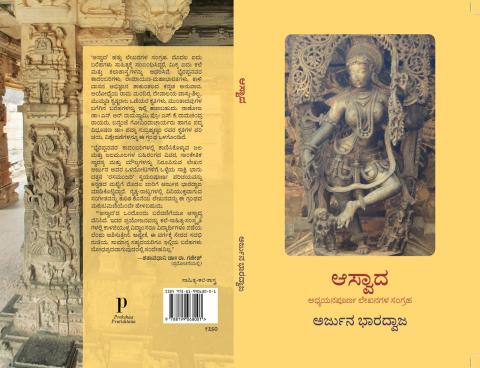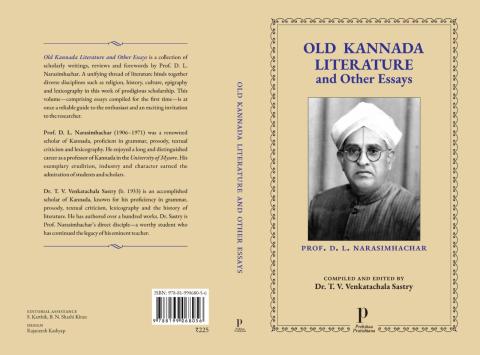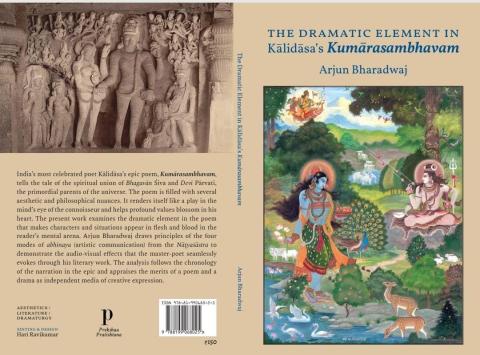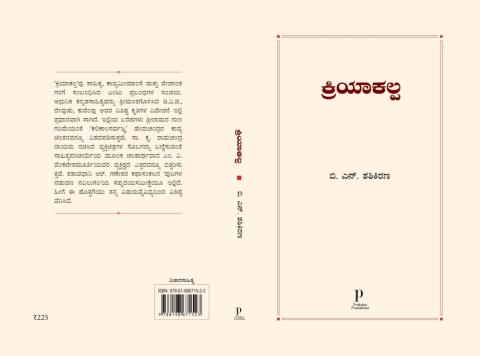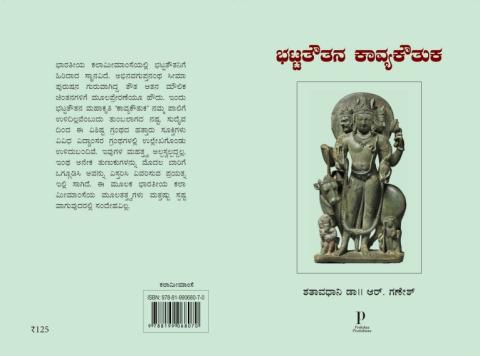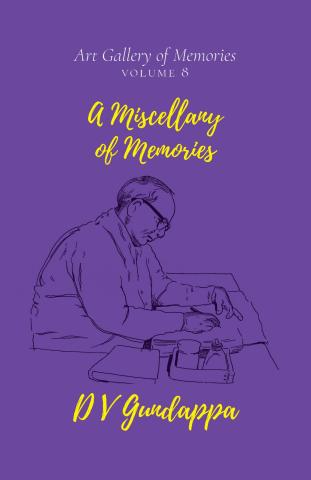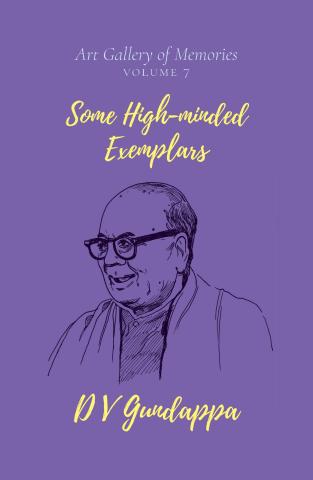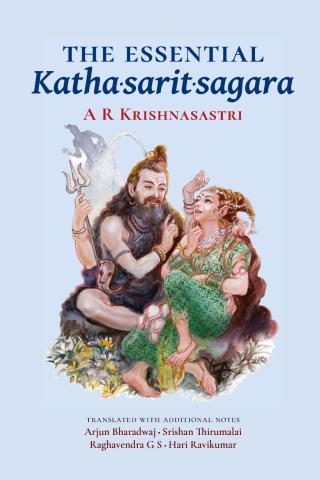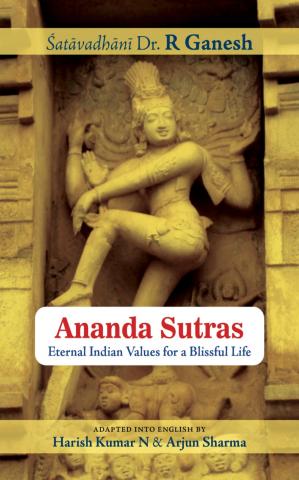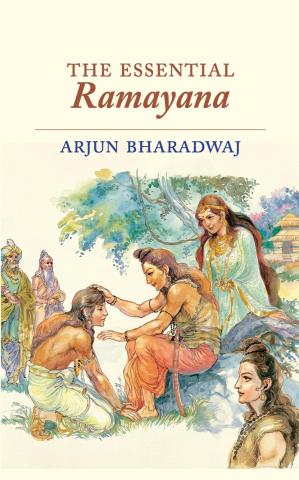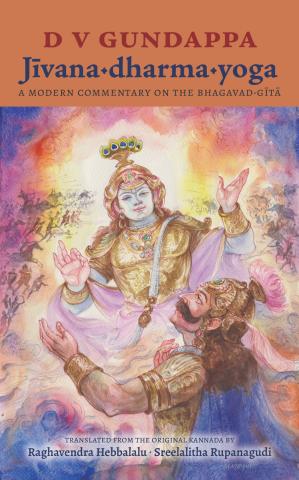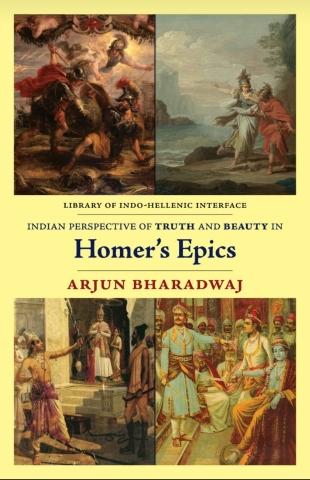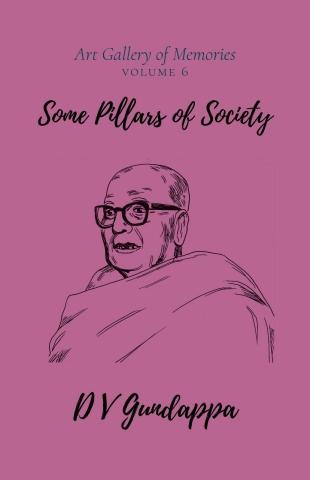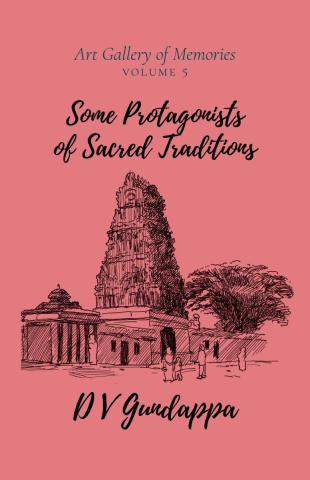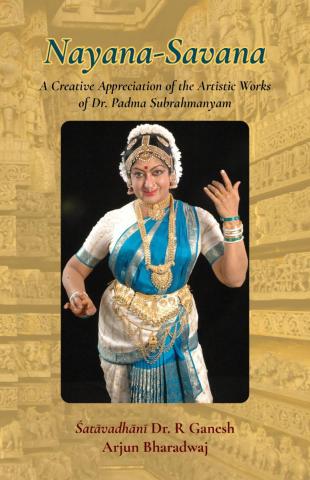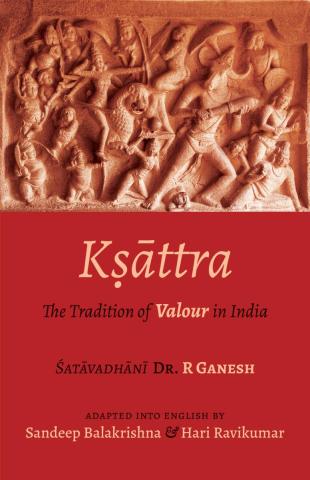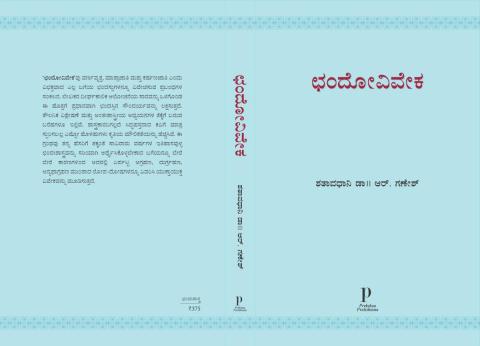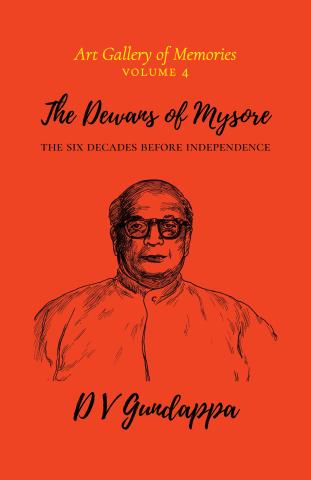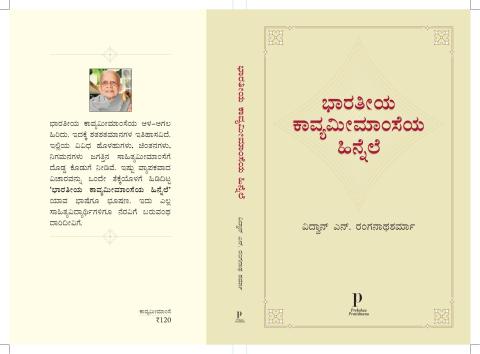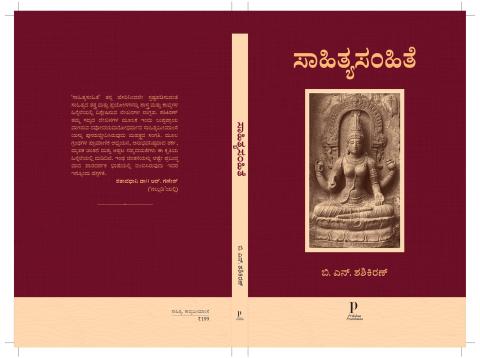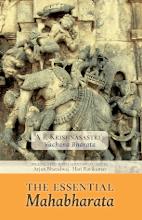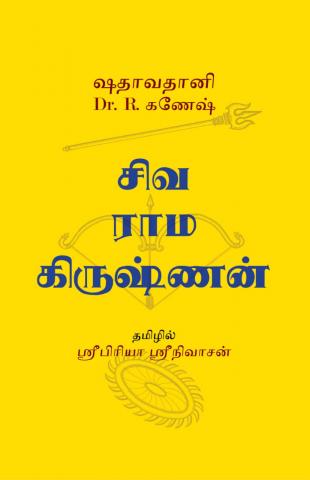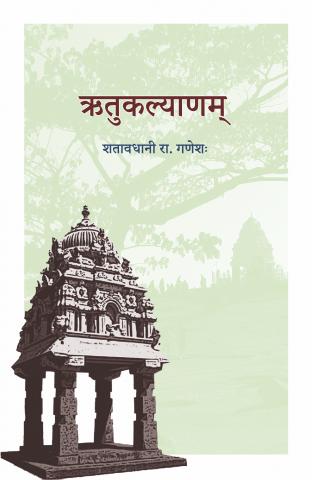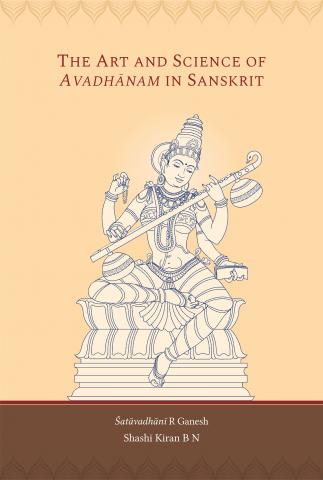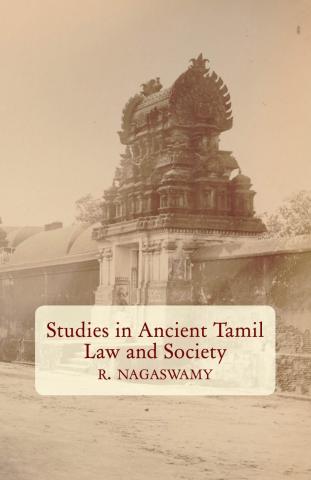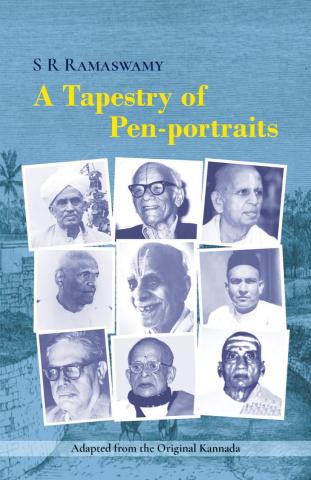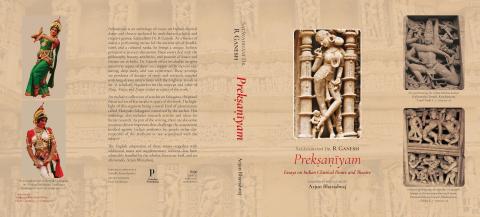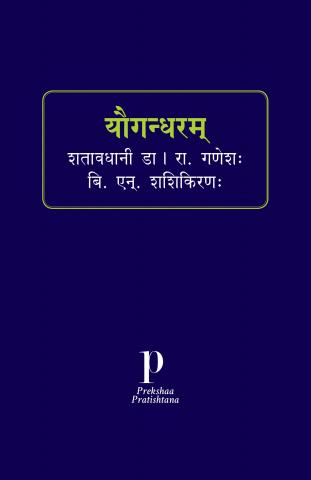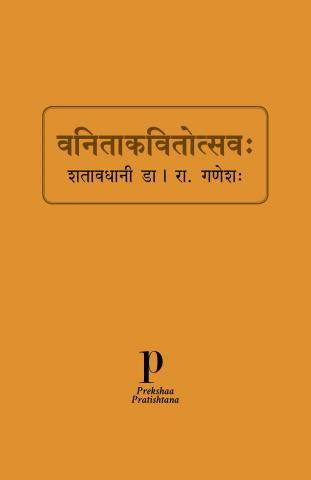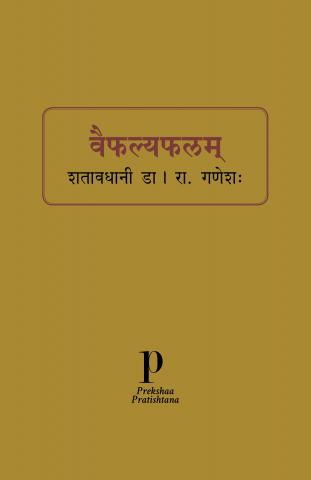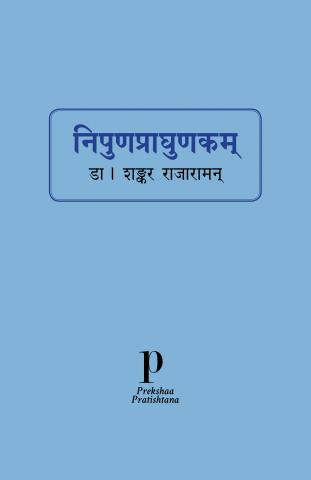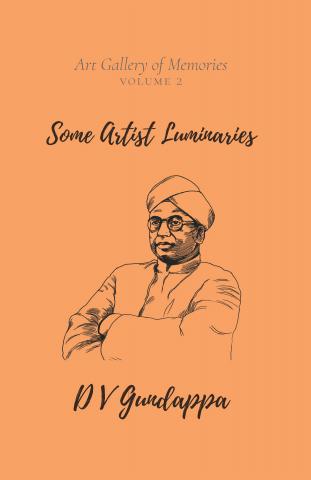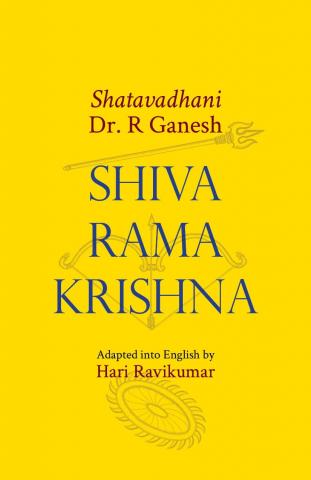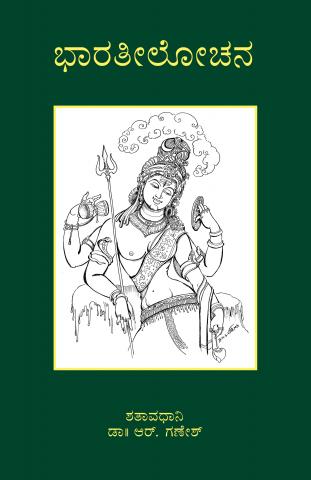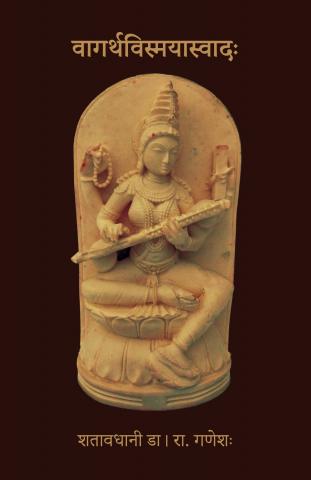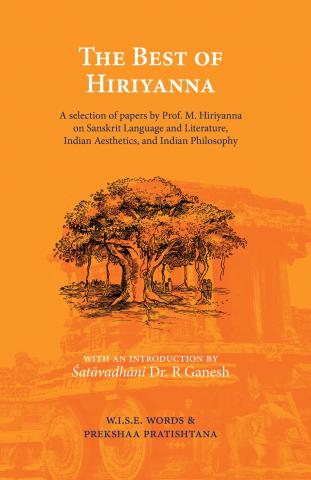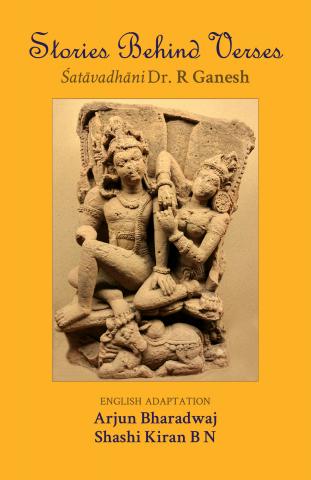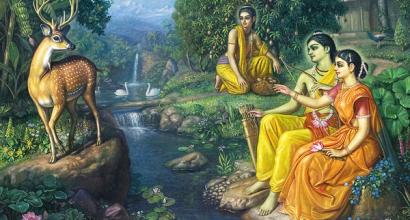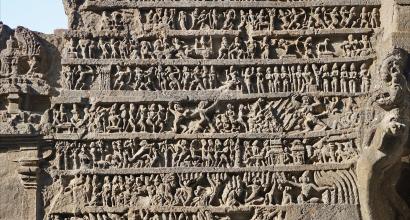The Mālatī-mādhava is a prakaraṇa in ten acts like the Mṛcchakaṭika. The following is the story –
There lived a minister by name Bhūrivasu in the kingdom of Padmāvatī; he had a daughter named Mālatī. Devarāta, another minister who resided in Kuṇḍinapura, had a son named Mādhava. The fathers, Bhūrivasu and Devarāta, back in their childhood, had pledged that they would get their children married if they were to beget a girl and a boy. Even after they grew up, they still desired it. However, the king of Padmāvatī wanted to make Mālatī the wife of Nandana, his narma-saciva. Bhūrivasu could not afford to act against the wishes of his king.
Devarāta sent his son Mādhava to the kingdom of Padmāvatī, under the pretext of enabling him to learn nyāya-śāstra; Mādhava goes to a bauddha-saṃnyāsinī by name Kāmandakī. She, in fact, was a classmate of Bhūrivasu and Devarāta; she knew well their intent and also the impediments in their fulfilment; she too wanted to see Mālatī and Mādhava married. She made arrangements such that the two would see each other and fall in love; and in fact, as soon as the young man and the maiden saw each other, they spontaneously fell in love, and their craving for each other only deepened with time.
In the meantime, Kāmandakī met Mālatī and spoke ill of Nandana before her; by doing so, she made Mālatī develop a bitter feeling and hatred towards Nandana. She told her the stories of Śakuntalā, Urvaśī, Vāsavadattā, and others and convinced her that she need not obey her father’s words in connection with her marriage. She brought references to Mādhava time and again and praised his appearance, family, and character.
The bauddha-saṃnyāsinī came up with a plan to make the two meet. She asked Mādhava to hide in the kusumākarodyāna (‘floral garden’) and brought Mālatī with her, under the pretext of performing arcana in the Śivālaya there; she explains to Mālatī what Mādhava thinks of her and arranges for their rendezvous. Suddenly, a tiger appears there and abducts Mālatī’s friend Madayantī; Mādhava’s friend Makaranda, who had come looking for him, kills the tiger and saves Madayantī’s life.
A temple dedicated to Devī Cāmuṇḍī was located close to the crematorium outside the city. There lived a kāpālika by name Aghoraghaṇṭa in the vicinity. He and his student, Kapālakuṇḍalā, kidnapped Mālatī, who was asleep in her house and wanted to offer her in sacrifice to the deity. Mādhava secured the help of bhūtas and pretas by offering them human flesh and arrived at the spot to win back Mālatī; he succeeded in doing so with the help of these spirits. In the meantime, Bhūrivasu’s family came there looking for Mālatī, and Mādhava, who had valorously rescued her life, offered her to her family. He fought Aghoraghaṇṭa and killed him.
The wedding of Mālatī and Nandana was fixed; in this connection, she headed out to the temple of the patron goddess of the city. Her maiden friends and Kāmandakī accompanied her as well. As per the arrangements made by Kāmandakī, Mādhava, and Makaranda were waiting there. As per her command, Mādhava picked up Mālatī from there and headed towards Kāmandakī’s hermitage; Makaranda disguised himself as the bride by decking himself up with the ornaments that Mālatī had left behind. He proceeded with Kāmandakī to the place where the wedding was to take place.
(Nandana marries his ‘bride’ and escorts her to his house.) His newly wedded ‘wife’ was harsh in ‘her’ conversations with him; he scolded ‘her’ and received verbal bashings in return. His sister Madayantī learnt this; she visited her ‘sister-in-law’ to advise her. Lavaṅgikā and Buddharakṣitā who were around, made her spell out her love for Makaranda. She mistook Makaranda, who was sleeping with her face closed, for Mālatī. In her attempt to wake ‘her’ up, Makarana held her hand. They eloped in the darkness and headed towards Kāmandakī’s āśrama.
On their way, however, they were caught by the guardians of the city and were brought into the custody of the king. In the meantime, Madayantikā and Kalahaṃsaka managed to escape and informed Mālatī and Mādhava about being caught by the guards. Mādhava went ahead to help his friend. The king understood their character, situation, and family background, forgave them and sent them away. Mālatī was worried that Lavaṅgikā, who had carried the news to Kāmandakī, had not returned yet; she stepped out of the place to look for her; right at the moment, grabbing the opportunity, Kapālakuṇḍalā caught her and took her away to Śrī-parvata. Mādhava and Makaranda, who were not able to locate Mālatī, headed out looking for her.
They searched for her in various places but were not able to find her; looking at them in distress, Kāmandakī’s student Saudāminī tells them that Mālatī was still alive. She first offers the garland of bakula flowers, which belonged to Mālatī and was safeguarded by her; this brings confidence to Mādhava. She then escorts Mādhava to the place where she had secretly safeguarded Mālatī and offers her to him.
Kāmandakī and others were worried about the well-being of Mālatī and Mādhava, for they had not seen them for long. Marakanda appears there, followed by Mādhava and Mālatī; finally Saudāminī also appears there, and they narrate everything that had taken place. The king congratulates the new couples and sends them a note of blessing.
To be continued ...
The current series of articles is an enlarged adaption of Prof. A. R. Krishnasastri's Kannada treatise Saṃskṛta-nāṭaka. They are presented along with additional information and footnotes by Arjun Bharadwaj.




